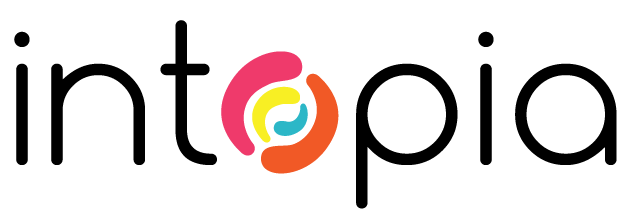Following the release of a proposed draft standard in July, Standards Australia has formally adopted AS EN 301 549:2020 – Accessibility requirements for ICT products and services.
The refresh coincides with the four-year anniversary of the standard first being ratified in Australia in December 2016, and provides the minimum standard for the accessibility of ICT products and services (such as hardware, software and other technologies that people may interact with, such as kiosks). As a part of this year’s update, AS EN 301 549 formally recognises Version 2.1 of the Web Content Accessibility Guidelines (WCAG), bringing it in to line with the European Union where an identical standard applies.
In addition to requirements for all ICT products and services, there are specific requirements for:
- hardware and software
- technologies with two-way voice communication
- technologies that allow videos to be played
- websites
- non-web documents
- technologies that provide access to emergency services
Andrew Arch, Principal Accessibility Consultant at Intopia, also serves as Chair of Standards Australia’s IT-040 ICT Accessibility Committee, the committee responsible for overseeing improvements to standards that apply to digital accessibility in Australia. We asked him about why the changes to AS EN 301 549 were necessary, and what’s next for accessibility standards in Australia.
What was the process for having AS EN 301 549 refreshed to include WCAG 2.1?
We initially approached Standards Australia around 2 years about updating this standard as Europe had updated EN 301 549 to reflect WCAG 2.1. Unfortunately, Standards Australia had disbanded its IT-040 ICT Accessibility Committee after releasing AS EN 301 549:2016 and had to reconstitute it. We also had to get community support and update the benefits statement. All this took time and in the interim Europe had published a version 3 with better support annexes. Standards Australia also had to obtain copyright clearance from the appropriate European standards body. The IT-040 committee was eventually re-formed and approved the adoption of Europe’s version 3.1.1 with better support materials when copyright was cleared in the middle of this year. However, there was a final step, a public comment phase. And then internal preparation for publication as an Australian standard. Everything takes time in standards land.
What was the response to public consultation from the accessibility and disability sectors?
When we looked for public support for adopting this update 15 organisations provided clear support for moving the standard forward to reflect WCAG 2.1.
What does updating the standard mean for accessibility in Australia?
AS EN 301 549:2016 had a title of “Accessibility requirements suitable for public procurement of ICT products and services” and it’s interesting, and appropriate, that AS EN 301 549:2020 is just “Accessibility requirements for ICT products and services” – dropping the “public procurement”. This standard isn’t just for the public sector, it applies equally to the private and not-for-profit sectors. Likewise, it’s not just about procurement, commonly thought of as buying stuff, but also applies to what an organisation might be building or adapting.
It’s also a statement about WCAG 2.1 for Australia and that this standard should be adopted rather than just WCAG 2.0 which government has endorsed and the Human Rights Commission recommends. That said, many government agencies and private sector business are actively working with WCAG 2.1 which is good to see.
What’s on the roadmap for 2021 for accessibility standards?
Firstly, I think many of us are looking forward to WCAG 2.2 from the W3C which will include some more criteria addressing the needs of people with cognitive and learning disabilities. To follow that, Europe will likely release an updated EN 301 549 to reflect this. With Standards Australia having the IT-040 committee in place we should be able to fast-track that into Australia.
We’ll also be working with Standards Australia to consider the adoption of some other international accessibility standards such as:
- ISO/IEC GUIDE 71:2014 – Guide for addressing accessibility in standards
- ISO/IEC 10779:2020 - Information technology – Office equipment – Accessibility guidelines for older persons and persons with disabilities.
- ISO/IEC 30071-1:2019 - Information technology – Development of user interface accessibility; Part 1: Code of practice for creating accessible ICT products and services
The third of these, ISO 300671-1, is an update of the 2010 British Standard 8878 and “gives guidelines for building and maintaining ICT systems (including products and services) that are accessible to diverse users (including users with disabilities and older people)”. It’s not a replacement for AS EN 301 549, but rather helps organisation embed accessibility into their policies and processes.
As part of all this, we need to increase the effort around educating the community that these standards exist. This is especially necessary in the ICT procurement space where inaccessible systems are a key barrier to employment for many people with disability.
More information on the new standard – AS EN 301 549:2020 – Accessibility requirements for ICT products and services – is available from the Standards Australia website.

